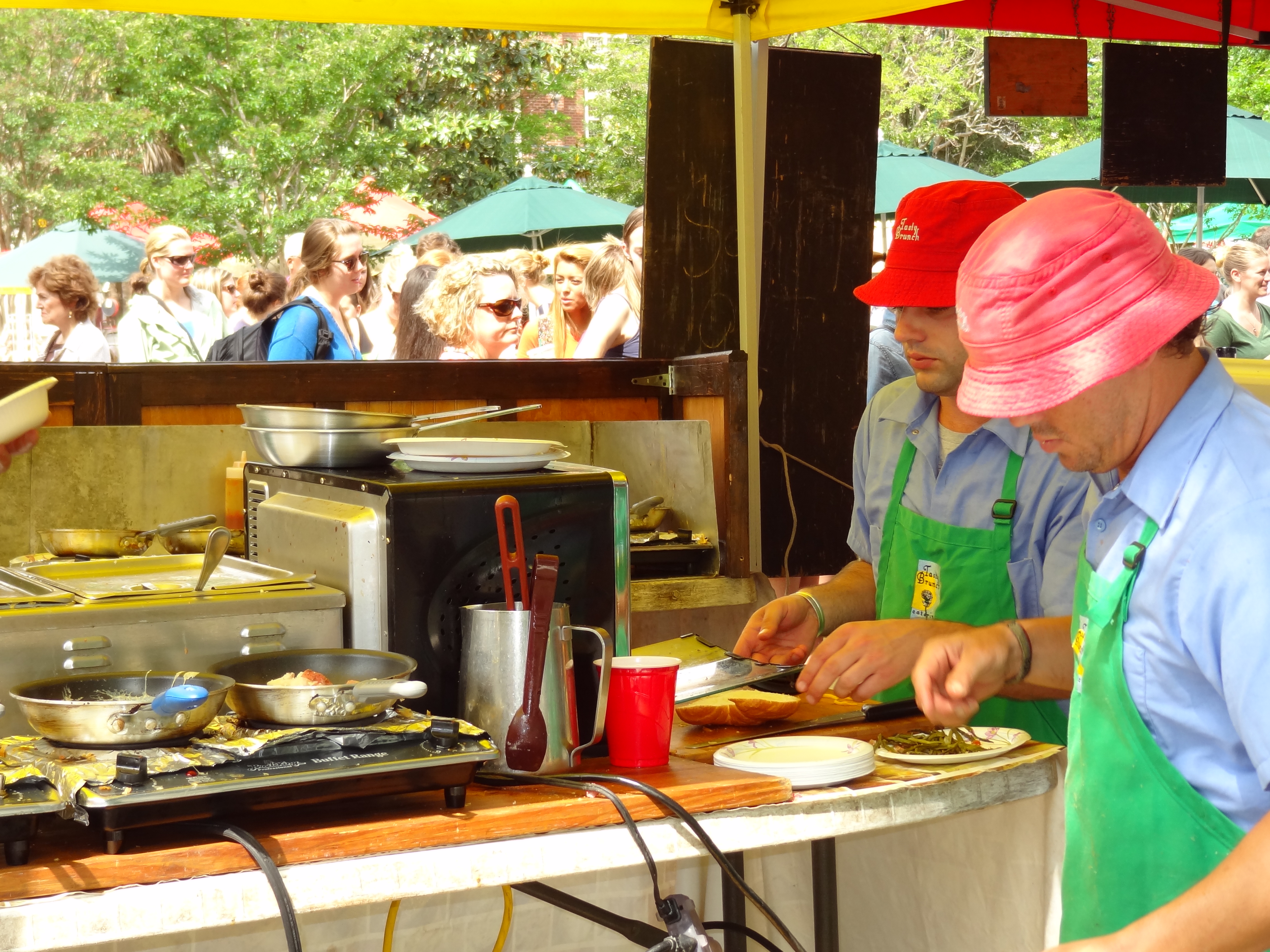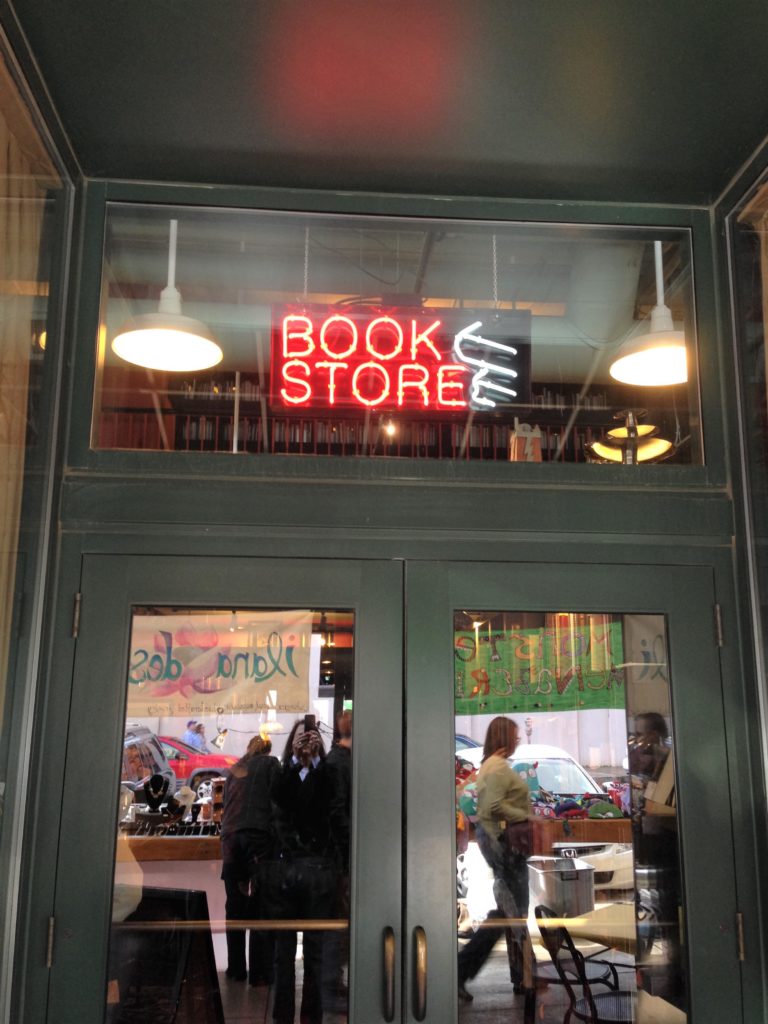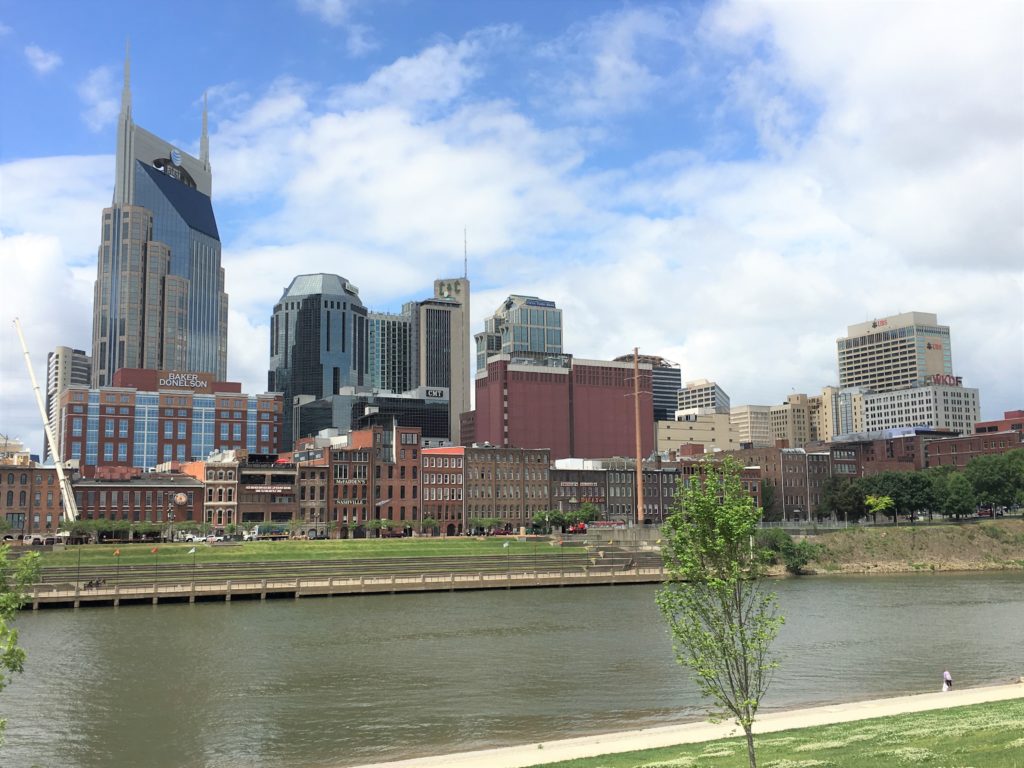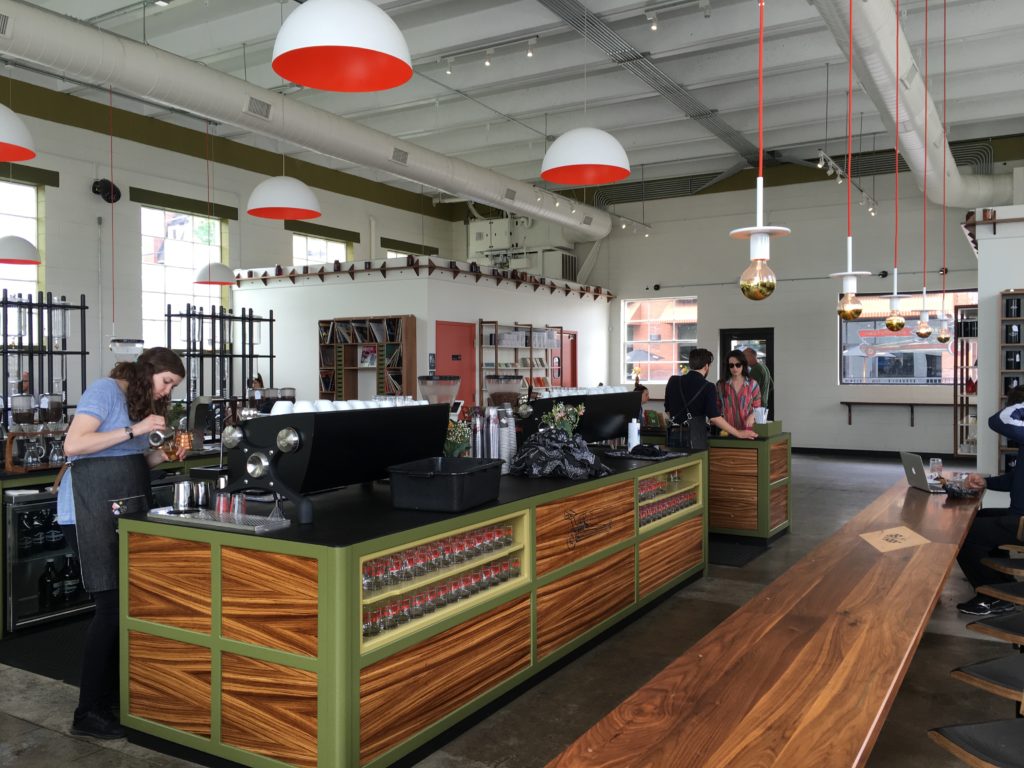The easy sway of Charleston, South Carolina’s “Lowcountry” beauty and Southern charm has been newly amplified by “ahas!” of its culinary creativity after our weekend “food crawl.”
This is not to dismiss the broader impact of Charleston – the pungent jasmine cascades, stylish fashion boutiques, stunning 18th-19th century architecture or the majestic Arthur Revenel Jr. Bridge just north of Charleston Harbor. Yet for me, “Holy City,” known to many for its low-rise skyline dotted with distinctive church spires, will forever be “Food City.” While the annual Festival of Houses and Gardens in Charleston’s historic district was underway, we were eating. So much to sample in too little time.
Charleston’s growing presence on the national food stage has multiple highlights and takeaways:
The search for the best “shrimp and grits”:
Trying out grits, cheese grits or shrimp and grits everywhere we ate, highest honors go to Butcher and Bee, a lunchtime sandwich shop tucked in a warehouse behind a chain link fence under the Ravenel Bridge overpasses. Already nationally known, it appears carelessly (or intentionally?) on the fringes of blighted geography. We stopped for carryout en route to the Isle of Palms and Sullivan’s Island.
Do not underestimate the multiple varieties of grits (small broken grains of corn milled to different sizes) and the thick rich concoctions they inspire in adventuresome Charleston cuisine. Butcher and Bee’s buttery and cheesy rendition was finished with light gravy, and it was a dish we didn’t want to end. Too bad the funky industrially-sited eatery is open only midday (11 am-3 pm) and serves up only three sandwich options (at least the day we were there) with one of them out of stock by the time we arrived. (Note: Butcher and Bee is also open late night, 11 pm – 3 am.) But the careful crafting lulls one back for the next sandwich adventure. Example – the roast beef sandwich, which we also sampled, is a ciabatta-size winner heaped with thin-sliced top rare round smothered with chimichurri aioli and onion jam. Together with the shrimp and grits, these two ample choices more than completed our lunch for three.
The culinary energy of the Saturday Farmers Market:
The lines start early around the crepe, egg and omelette booths in the southwest corner of the Charleston Farmers Market. It’s located on the full block of Marion Square between Upper Meeting and King streets, every Saturday from 8 am to 2 pm (April-December). From pickled asparagus and hot pepper jelly at one end to multiple varieties of honey, boiled peanuts, green grocers, grass-fed beef and local coffee roasters by far reaches, the market is a head-long plunge into the distinctive offerings of Lowcountry gardens and farms. The 30-minute wait in the breakfast lines is easily distracted by people watching and the crafts in nearby artisans booths.
The treasures of the sea:
Growing up along the East Coast, I’m always on alert for the bounties of the Atlantic Ocean and its brackish bays, rivers and creeks. Grouper is high on my list, so its sister Cobia at Hominy Grill was an easy choice. No disappointment there. The delicate near-sweet flavor came through in the moist, firm texture. While the also nationally known Hominy Grill was the first stop on our list, we were surprised the relative ordinariness of the shrimp and grits (despite its bacon flavoring) and the lukewarm service. Perhaps it was that particular evening, but Chef Robert Stehling was the James Beard Award Best Chef Southeast winner in 2008, which sets an expectation.
Over at The Wreck in the town of Mt. Pleasant on Sullivan’s Island, a more traditional “fish camp” on the Shem Creek inlet off Charleston Harbor, the no-reservations dinner line forms early. (Also no air conditioning and no tablecloths.) In this familyowned business, named in honor of the Richard and Charlene trawler that slammed onto land during Hurricane Hugo, the fare is simple (broiled, boiled or fried) and piled high. Like other fish camps we know in the Southeast, ordering by partial pound makes a lot of sense, especially for sharing around the table. The fried oysters were the best I’ve ever had in many years of tastings up and down the East Coast – very light batter sheltering tender, sweet interiors. Amen to the grilled scallops and not overly dry hush puppies. Another awkward experience in inconsistency, though, was the fresh fish special, a large whole fried flounder, which was overcooked. That said, The Wreck is a loud “yes.”
The restaurants worth checking out: Sean Brock’s (James Beard Best Chef Southeast, 2010) duo, Husk and McCrady’s, and Craig Deihl’s trio – Cypress, Blossom and Magnolia (he was nominated Best Chef Southeast 2010 and 2011 and finalist 2011). Of our entire food crawl experience, Husk (at brunch on Sunday) stands at the top – all measured by a Sunday brunch for quality, consistency, ambiance and service. Cypress was a late-night unwind-at-the-bar fave (and having recently stayed at the Pine Barn Inn in Danville, Pennsylvania, where Deihl started out, super kudos to him for breaking out for Charleston’s enthusiastic audience and setting). And as aside, according to my restaurant watchers, the best known restaurants on the national stage are Husk, Cypress and Fig (which stands for “food is good”; Chef Mike Lata is another James Beard Southeast winner; we didn’t eat here but noted it’s pricier).
Rare and delicious honeys:
Savannah Bee Company is a winery for honeys. Who knew you could fill an entire store with so many flavors? From their signature “Tupelo” to the award-winning “Sourwood,” Savannah Bee turns honey into a completely changed experience, and online ordering is available.
Sweets galore: I was trying to duck the street barker but couldn’t resist popping into River Street Sweets to see what else came with that ultra-sugary almond praline sample. This place upends any other Southern sugar cookie and candy company that I’ve witnessed. Many of the carmely bear claws, glazed pecans, fudge and more goodies are made onsite in this City Market shop, though the headquarters is in Savannah, Georgia, so it’s fascinating to see them being scooped from the open kitchen. Though not a full-on sugar lover, I am now committed.
Sweet, but not to eat: South Carolina’s coiled and woven Sweetgrass baskets, preserving one of the oldest African crafts (which slaves brought into the Lowcountry) turn the native palmetto tree and local sweetgrasses into artistic treasures. We were mesmerized by the young man who was deftly weaving palmetto fronds into rosettes at the City Market. The artistry of coiled basketry, mainly from bulrush and palm, is handed down from generation to generation with no set patterns. You’ll see them everywhere, from stores to craft shows to street corner and highway stands. Such inspired craftsmanship, using natural materials cultivated in swamps and marshes, links history, tradition and cultures – and like all art, enriches us all.
If you go: Choose the French Quarter Inn for your accommodations.
Located in the historic district near the City Market, this charming hotel offers graceful, friendly and luxury service. From the welcoming champagne to the evening wine reception, ample morning breakfast and large quiet haven of a patio — and no less than seven pillow comfort selections — this hotel provides high-quality personal service often not found in busy tourist areas and is consistently top-rated with good reason.








